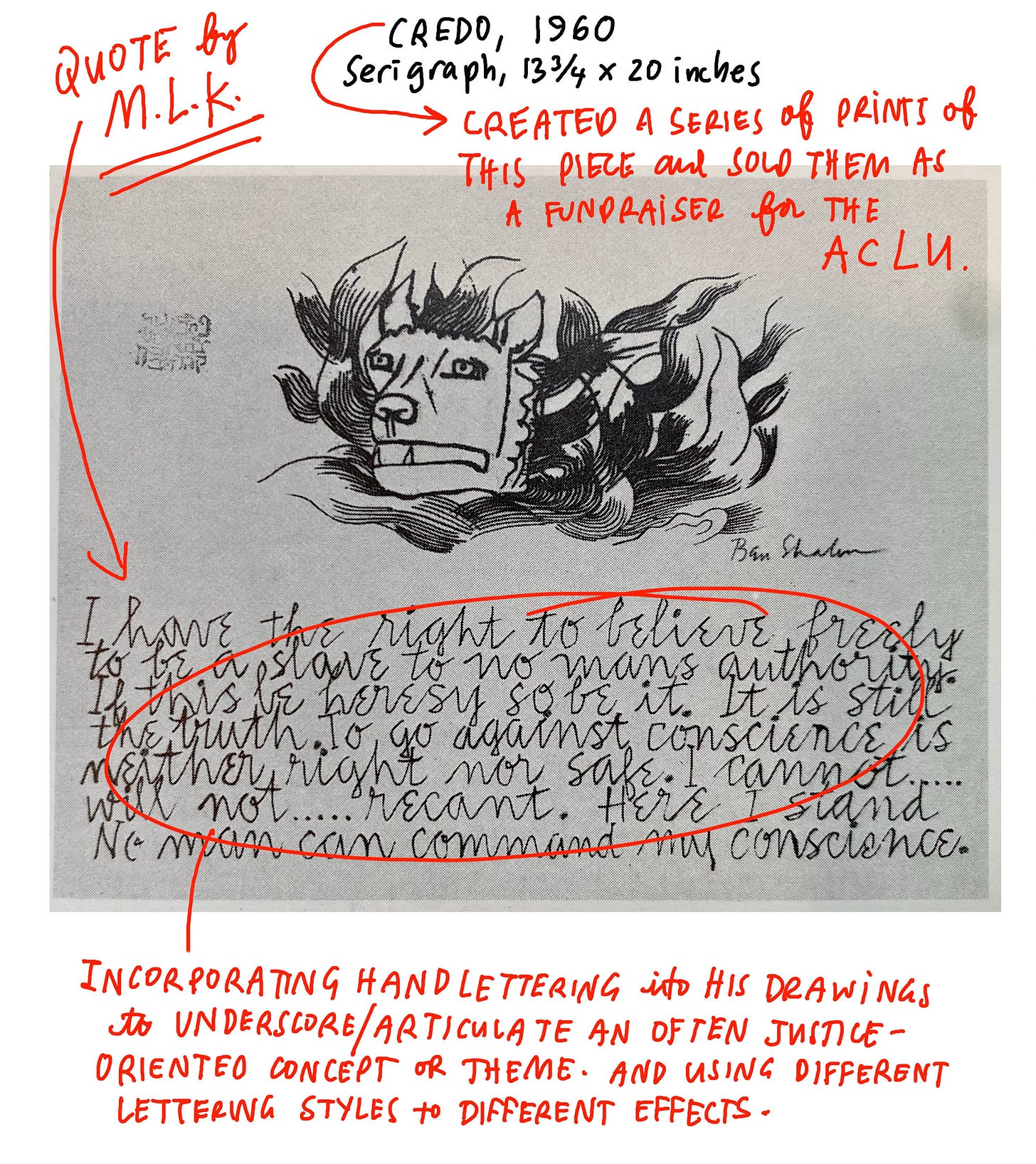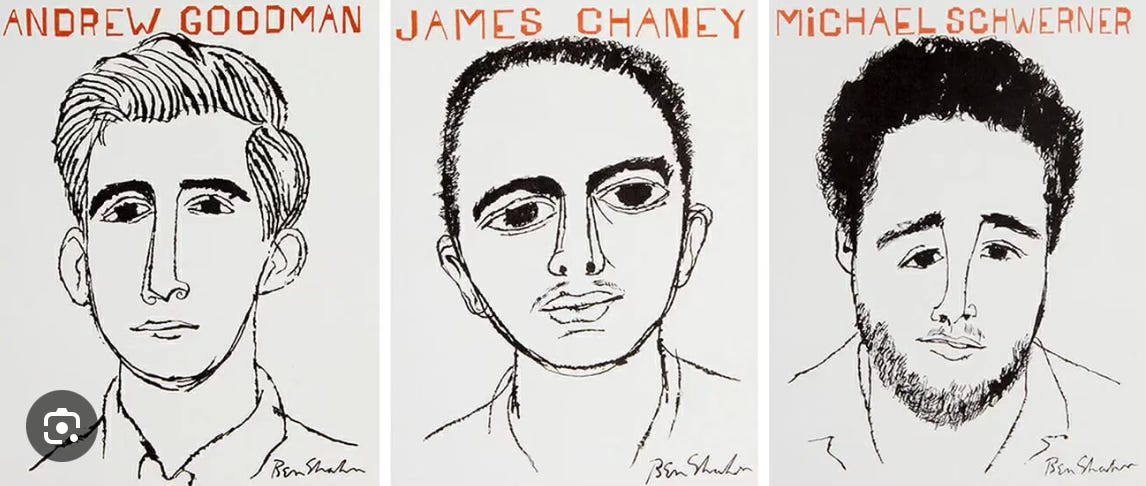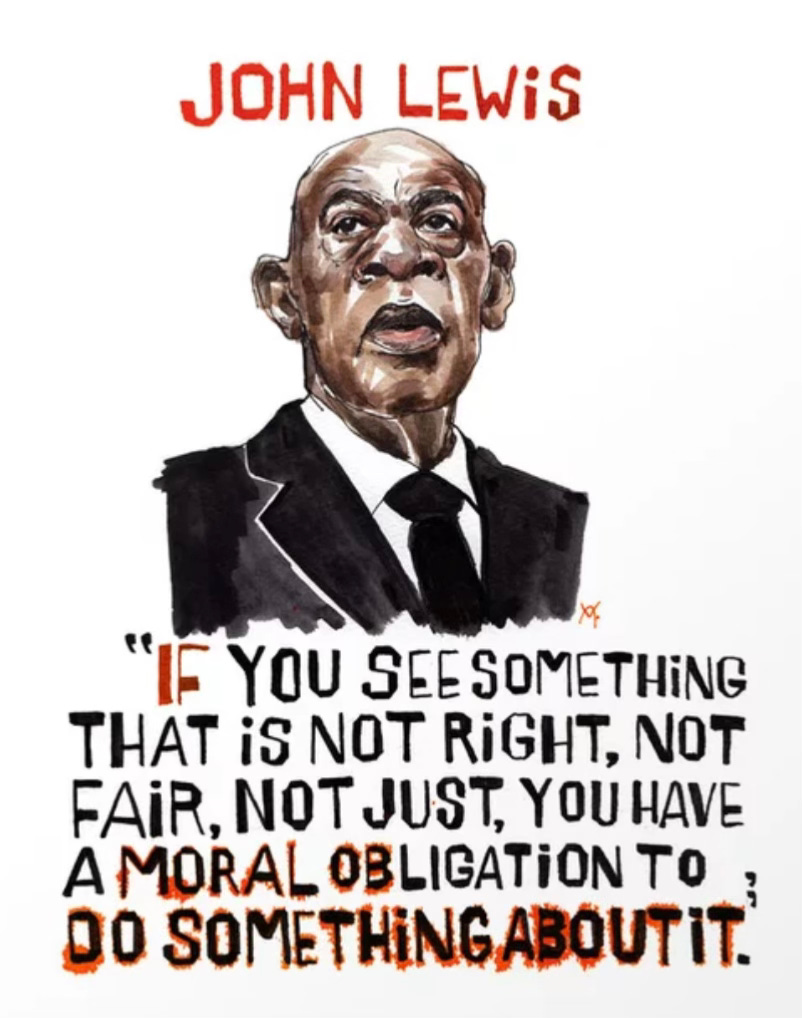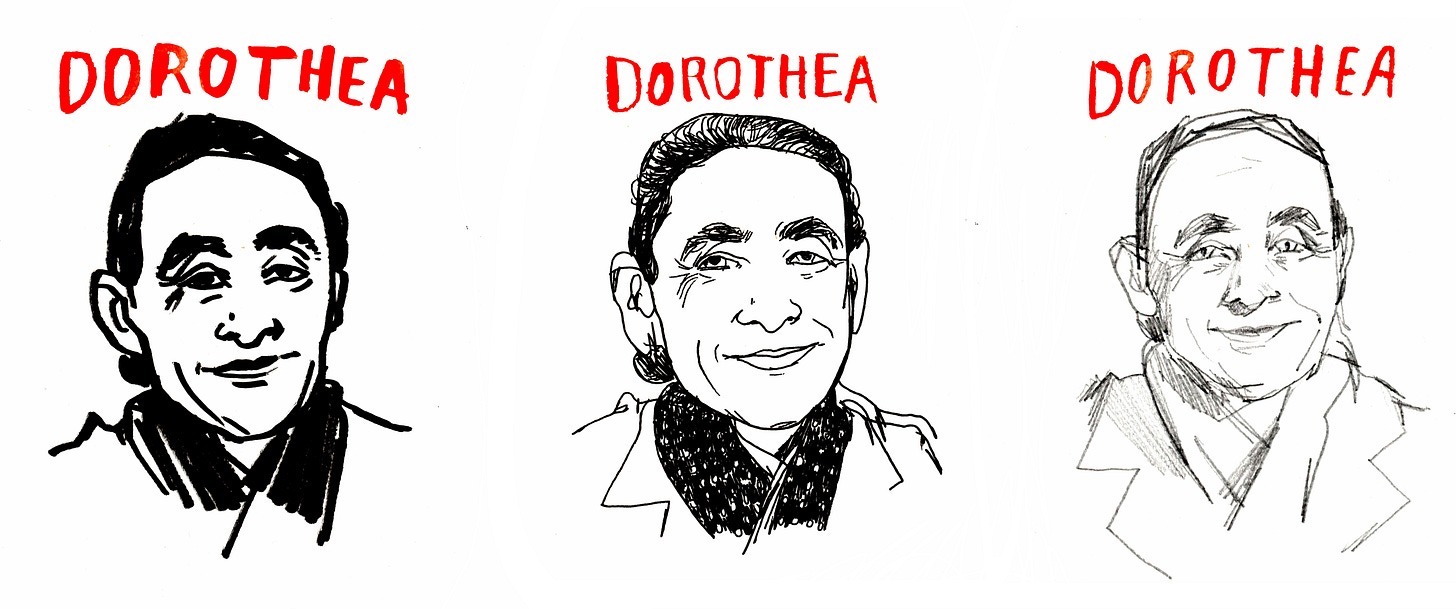Finding Our Artistic Voice, Part 2
What Our Handwriting Teaches Us About Drawing, and COPY COPY COPY (with a twist.)
Helllooooo GUT peeps.
How are we already half way through December?? The holidays are upon us! And here we are at Part 2 of Finding our Artistic Voice.
Let’s just dive right in.
As the saying goes, “You are what you eat.” Our art is no different! Our artistic output is mostly based on our input. Which is why in Part 1, we looked closely at the work that inspires us and shared that work with each other. For artists, looking at other people’s art is an ongoing practice. Going to museums, looking at art books, looking at art online - we artists feed our creative mind/body/soul throughout our lives. To be an artist is to never stop learning, growing, and changing.
In response to last week’s assignment, you all shared a cornucopia of your influential artists in the chat. The images and list and SO DARN INSPIRING and honestky just helpful and useful, I’ve included the whole list at the bottom of the email so you can see them for yourself. It’s like an art history survey but done the GUT way. It only includes the most interesting artists.
But what do we do with the artwork we look at? How do we learn from it and incorporate those lessons into our own art?
We copy.
Everything is Copy
In our individualistic society, we are taught early on that we all each have our own unique voice and that we should put our energy into developing it. When artists start out, they are told: “Be yourself!” “Speak your truth!” “Don’t listen to other people’s opinions.” Honestly, I completely disagree with this advice. Every artist I know worth their salt has spent a lot of time copying other artist’s work.
Before we figure out our own voice, we need to try on other people’s. It’s only by studying - and then copying - the work of other artists that we can build the skill, visual vocabulary, and ease with our practice that we can start to discover our own style.
Our artistic voice is not created in a vacuum. We develop it through conversation.
Here’s another way to think about it….
Finding Your Drawing Style is Like Finding Your Handwriting
I get asked all the time: “Wendy, how did you develop your style?”
Here’s a version of what I always say: “It’s just like how you developed your handwriting. You learned to make the basic lines and shapes, and then you copied - sometimes literally traced - other people’s letters. And then you practiced making letters. And practiced and practiced and practiced. You wrote essays and holiday lists and later, grocery lists. And as you practiced, you probably tried on different styles. Maybe you put hearts over your “I”s for a while or you wrote in all caps. And, with time, you landed where you are now - with a style of handwriting that is distinctly yours. Anytime people look at your handwriting, they know it’s YOU. It’s the same thing with drawing. We start by learning the basics. Then we copy other people’s styles. Then we practice. And practice and practice and practice. And with enough practice, we create a drawing style that is uniquely our own.”
I talked with comedian Mike Birbiglia about this on his podcast, Working it Out. (Which I love so much! It’s so great! The show is all about the artistic process.)
If you want, here’s the whole episode:
Copy Copy Copy
When I was in art school, we spent the first semester of drawing classes copying the masters’ sketchbooks. I made HUNDREDS of copies of Da Vinci, Michaelangelo, Rubens, etc… While I hated the experience then, I now see the value. All of those hours of copying helped me develop my drawing skills and unique style. In retrospect, I only wish that my professors had widened their visual scope to include artists from different backgrounds, cultures, and time periods. (That said, everyone should still copy Da Vinci.)
Thankfully, this is not your typical old-fashioned art school. This is the GUT. Welcome to the Wendy Way.
Last week, on the path to finding your own artistic voice, you chose a work of art or artist that you admired to study. This week, I invite you to copy their work and add your own personal twist.
You might remember I picked Ben Shahn as my artistic influence. His simplicity of composition, social justice lens, and practice of combining image and text deeply inspire my work. For part two, I selected a few of his pieces to riff off of.
What I’m going to copy
Ben Shahn made many simple portrait drawings that included lettering; often a quote or phrase or name of the subject. Here are the drawings I am copying for this week’s assignment:
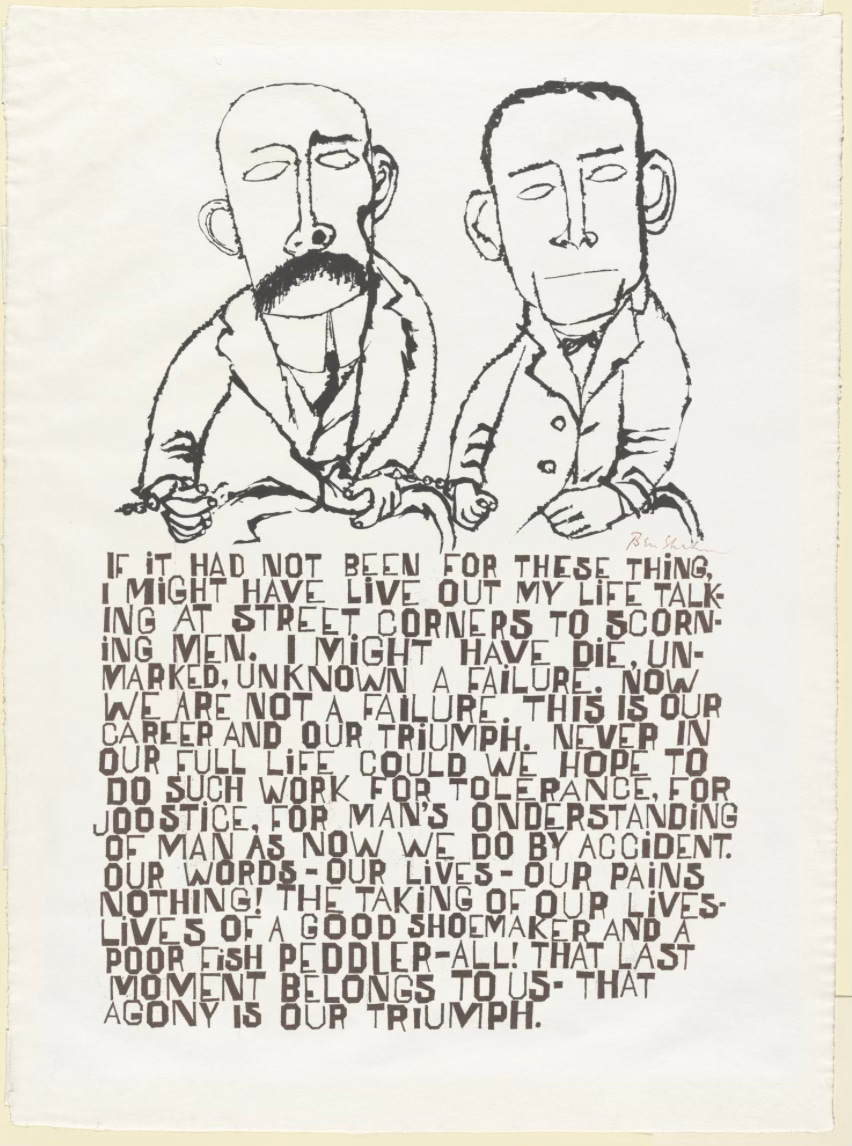
Ben created these portraits in 1965 as part of a portfolio of prints reflecting Ben’s commitment to civil rights. The three men - James Chaney, Andrew Goodman, and Michael Schwerner - were civil rights workers killed by members of the Klu Klux Klan while registering Black voters in Neshoba County, Mississippi.
Copy with a Twist
Using the artwork above as a foundation, I created my own portraits of personal heroes. The first is late, great Congressman and Civil Rights leader John Lewis. I referenced the composition of the Sacco and Venzetti as well as the lettering, but used my own style of painting for the portrait itself.
Medium-wise, I used pen and ink for the lettering like Shahn did, and pen and watercolor for the portrait, like I do. By copying his work and adding my own twist, I learned a lot about how he made his letters and how he used pen and ink. New skills!
I’ve been thinking a lot about Dorothea Lange lately. Lange did with photography what Ben Shahn did with drawing, calling attention to inequity and injustice. When I went to copy Shahn’s portraits of the three young men above, I used a photo of Dorothea Lange as a reference for my drawings. I copied Shahn’s composition, but instead of the three men I drew Doroteah, and used three different mediums, just for fun: Brush Pen, Roller Ball Pen, and pencil.
Through copying Shahn’s work, I experienced how much attention Shahn paid to the balance of dark and light in his composition, how he created his unique lettering style, and how he kept a strong, loose life in his line that can only come from decades of practice and care.
So, those are my Shahn copies - simple and fun compositions, but with an added extra fun challenge to make it my own. I learned a ton from the process, and really like the outcome.
Now I turn it over to you.




